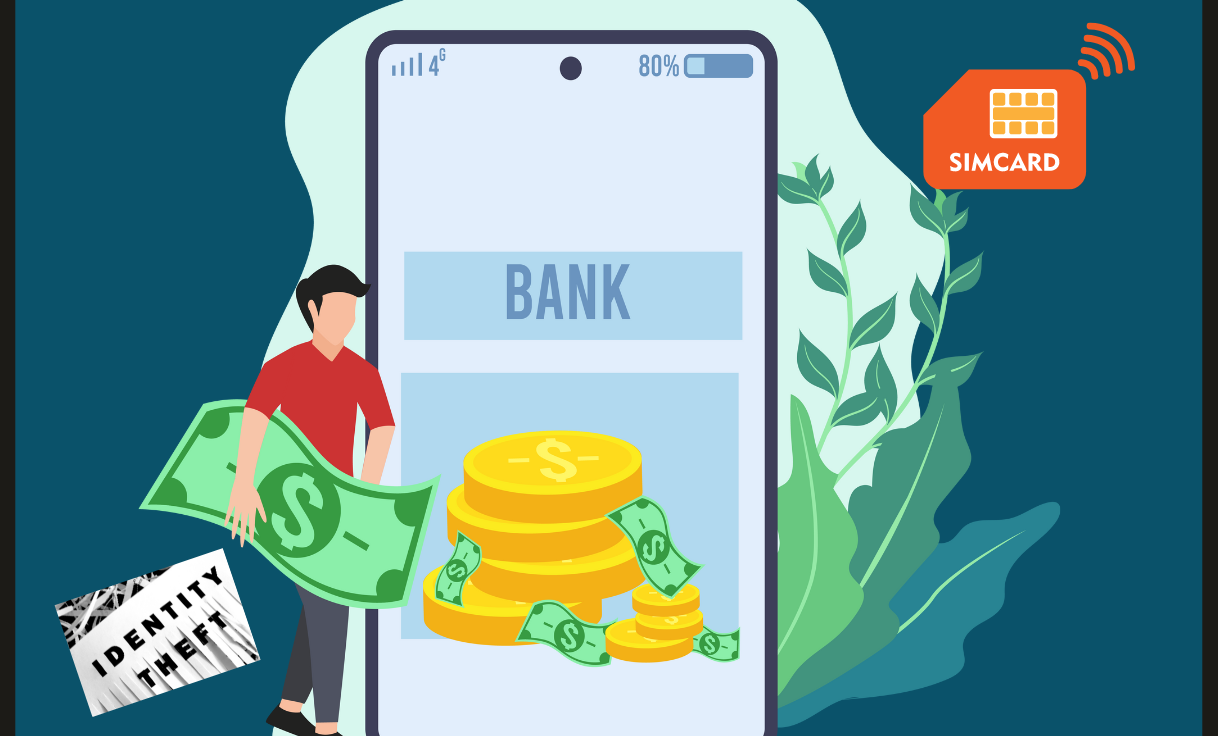
Unmasking Deceptive Video Calls: Defending Against the Menace of Deepfake Threats
AI-Driven Video Call Scam Claims ₹5 Crore from Chinese Man through Deepfake Impersonation
In a recent incident, a man in China fell prey to a sophisticated AI-driven video call scam, resulting in a staggering loss of over ₹5 crore. The scammer adeptly utilized deepfake technology to masquerade as a trusted friend. Through this deceptive tactic, the scammer manipulated the victim into transferring 4.3 million yuan, exploiting AI-powered face-swapping capabilities.
In contemporary times, individuals commonly resort to video calls to connect with loved ones, acquaintances, and colleagues worldwide. Such calls offer a comprehensive understanding of facial features, vocal nuances, and immediate surroundings. However, vigilance is essential when encountering anomalies during a video call, such as peculiar backgrounds, disparities in video proportions or quality, presence of watermarks, or unfamiliar contact details. Remain cautious, as falling victim to fraudulent activities is a genuine possibility.
Rapid advancements in technology, particularly artificial intelligence, have substantially amplified the capacity of fraudsters to deceive individuals worldwide. A parallel occurrence unfolded in northern China, underscoring the prevalence of AI-driven video call scams executed through deepfake techniques.
Harnessing the capabilities of AI-driven face-swapping technology, the perpetrator adeptly assumed the identity of the victim’s trusted acquaintance during a video call. Employing this ruse, the scammer skillfully coerced the victim into transferring a significant sum of 4.3 million yuan (equivalent to over ₹5 crore). The location of the incident was Baotou, China. The victim’s realization of the scam’s success dawned when his genuine friend expressed utter bewilderment concerning the purported call.
In an official announcement, local law enforcement unveiled their successful efforts in recovering the majority of the pilfered funds. Their continued diligence is focused on tracking down the outstanding sum, as reported by Reuters.
In response to the escalating menace posed by AI-fueled fraudulent schemes, China has proactively intensified its monitoring of such technological exploits. As of January this year, the country has introduced fresh regulations aimed at furnishing legal safeguards for those ensnared by these scams.
Consequently, the imperative arises: how can one identify a counterfeit video call? Several strategies exist to circumvent these issues, encompassing tactics like employing false contact numbers, adopting counterfeit names, and scrutinizing unconventional backgrounds. Let’s delve into the subtle indicators that can reveal a fraudulent video call
Video Quality: The hallmark of a sham video often lies in its subpar quality. Always exercise caution by inspecting for watermarks or other indications that suggest the video originates from an online source.





















